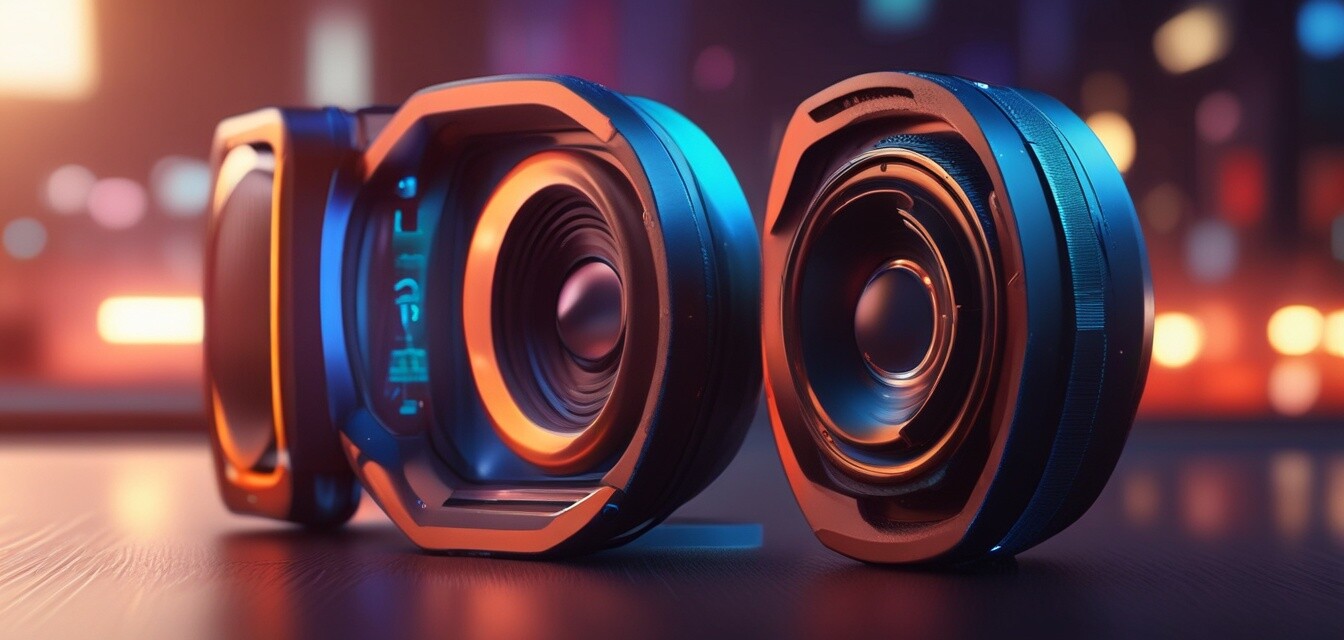
The Future of Wireless Audio Technology
Key Takeaways
- Wireless audio technology is evolving rapidly with advancements in Bluetooth and Wi-Fi.
- Future developments include improved battery life, low-latency features, and enhanced sound quality.
- Consumers are increasingly demanding smarter and more integrated audio solutions.
- Emerging technologies such as spatial audio and voice integration are set to dominate the market.
Wireless audio technology has come a long way since the inception of Bluetooth speakers and wireless headphones. As we look ahead, several exciting developments are expected to shape consumer usage and the overall landscape of audio technology. In this article, we will explore the anticipated innovations, emerging trends, and what consumers can expect in the coming years.
Current state of wireless audio technology
The current wireless audio market is bustling with activity, showcasing a plethora of products ranging from earbuds to smart speakers. The core technologies facilitating wireless audio—Bluetooth, Wi-Fi, and audio codecs—are continually being improved. As consumers gravitate towards convenience and portability, wireless audio solutions are becoming the norm rather than the exception.
Current technologies in wireless audio
| Technology | Description | Pros |
|---|---|---|
| Bluetooth | Wireless technology for short-range data transmission. | Widely available, easy to use, and power-efficient. |
| Wi-Fi | High-speed wireless communication for wider range. | Better sound quality and extended range compared to Bluetooth. |
| Audio Codecs | Protocols that compress and decompress audio signals. | Enhanced sound quality for streaming and playback. |
Future developments
As we delve into the future of wireless audio technology, various advancements are on the horizon. Here are some key developments that are expected to transform the industry:
1. Improved battery life
Consumers have always been concerned about battery longevity. Future wireless audio devices will feature innovations that extend battery life, making it more convenient for users who rely on these gadgets throughout the day.
2. Low-latency audio
To enhance the user experience, manufacturers are focusing on developing low-latency audio solutions. This feature is especially critical for gamers and those using devices for video playback, where sync issues can detract from the experience.
3. Enhanced sound quality
Technological advancements in audio processing will lead to better sound quality. Expect to see improved codecs that deliver higher fidelity audio, making listening to music and other content a more immersive experience.
4. Smart and integrated solutions
With the rise of smart home technology, audio devices will become more interconnected. Consumers can look forward to smart speakers and headphones that are integrated with voice assistants, allowing for seamless control over their audio environment.
5. Spatial audio technology
As spatial audio technology gains traction in the market, future audio devices will offer more immersive listening experiences, akin to what traditional surround sound offers. This innovation will enhance the enjoyment of music, movies, and virtual experiences.
Consumer usage trends
As technology continues to evolve, so does consumer behavior. Here are some key trends that highlight how consumers are expected to engage with wireless audio technology:
- Increased demand for portability: As people lead busier lives, the need for portable audio solutions will drive innovation in size and weight reduction.
- Preference for smart features: Consumers are increasingly looking for audio solutions that integrate seamlessly with their smart home devices.
- Sustainability considerations: Eco-friendliness is becoming more essential for consumers, pushing manufacturers to adopt sustainable practices.
- Growth of streaming services: The rise of subscription-based music and audio content delivery will further fuel demand for high-quality audio playback solutions.
Conclusion
The future of wireless audio technology is bright and filled with possibilities that are set to change how consumers enjoy sound. With advancements in battery life, sound quality, and smart features, audio devices are becoming more integrated into our daily lives. As trends continue to evolve, staying informed about the latest innovations in the industry is crucial. For more insights into electronic gadgets, check out our related articles in News and Trends or explore our Audio Gadgets section for the latest products.
Pros
- Enhanced portability and convenience.
- Improved audio quality and innovation.
- Integration with smart home technology.
- Lower latency for a better user experience.
Cons
- Dependence on battery life.
- Higher complexity may deter some users.
- Potential connectivity issues in some environments.
